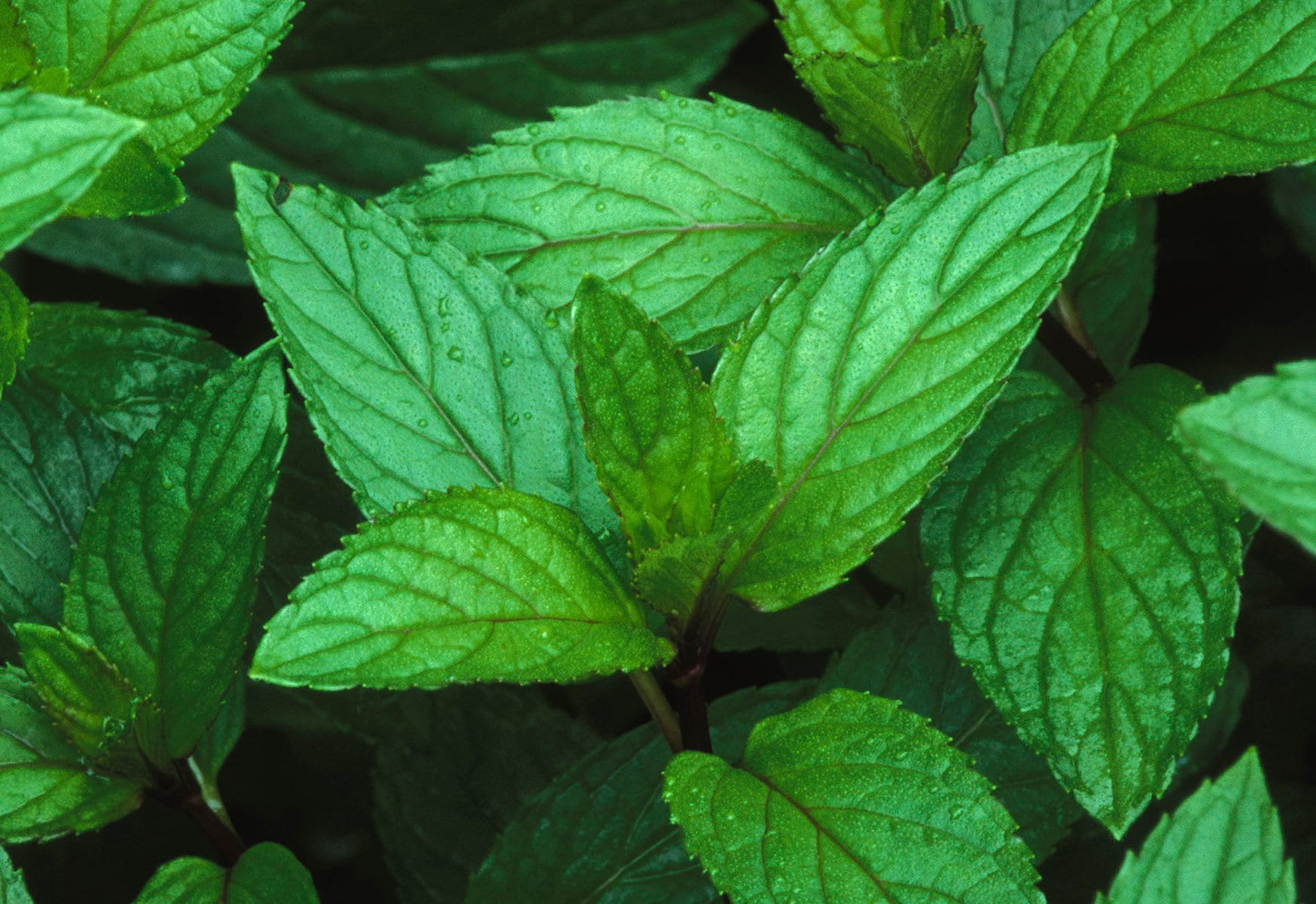
Herbs Organic Seeds
Peppermint Seeds Herbs Non-GMO, Open Pollinated, Heirloom for Hydroponics, Aquaponics, Soil, Raised Bed, Indoor, Outdoors, In Pots, -9.1015
$0.99
-
DetailsGrowing Peppermint from Seeds: A Refreshing Herb for Your Garden
If you're interested in cultivating Peppermint from seeds, we have a comprehensive guide for you. Discover more about Peppermint, its culinary and medicinal uses, and learn the step-by-step process of sowing the seeds. Find premium-quality Peppermint seeds at our web store, ezyseeds.
What is Peppermint?
Peppermint (Mentha × piperita) is a popular herb known for its refreshing aroma and cooling flavor. It is a hybrid of watermint and spearmint and is widely used in culinary, medicinal, and aromatic applications. Peppermint leaves have a vibrant green color and a strong menthol scent that adds a delightful twist to various dishes and beverages.
Culinary and Medicinal Uses of Peppermint:
Peppermint is a versatile herb with numerous culinary and medicinal benefits. Here are some popular ways people use Peppermint:
1. Culinary Uses: Peppermint leaves are commonly used in teas, cocktails, desserts, and savory dishes. They can be steeped to make a soothing and invigorating herbal tea or used as a flavoring in chocolates, ice creams, and baked goods.
2. Aromatic Applications: Peppermint's refreshing scent makes it a popular choice for creating essential oils, candles, and potpourri. Its invigorating aroma is believed to promote mental clarity and relaxation.
3. Medicinal Benefits: Peppermint is renowned for its medicinal properties. It is often used to relieve digestive discomfort, soothe headaches, and alleviate respiratory congestion. Peppermint oil is also used topically for its cooling and soothing effects.
Growing Peppermint from Seeds:
1. USDA Hardiness Zones: Peppermint is a hardy perennial herb that thrives in USDA Hardiness Zones 3-11.
2. Seed Selection: Choose high-quality Peppermint seeds from our web store, ezyseeds. We offer premium seeds that have a higher chance of germination success.
3. Germination: Peppermint seeds require a period of cold stratification to improve germination rates. Place the seeds in a damp paper towel or seedling tray and refrigerate them for 2-3 weeks.
4. Sowing Seeds: Fill seed trays or pots with a well-draining seed-starting mix. Sow the chilled seeds on the surface of the soil and cover them lightly with a thin layer of soil.
5. Moisture and Cover: Keep the soil consistently moist by misting or watering gently. You can cover the seed trays with a plastic dome or plastic wrap to maintain humidity until germination occurs.
6. Temperature and Light: Peppermint seeds require a warm temperature of around 70-75°F (21-24°C) for germination. Place the trays in a warm location with access to bright, indirect light.
7. Watering: Water the seedlings carefully, ensuring the soil remains evenly moist but not waterlogged. Peppermint prefers consistently moist soil.
8. Transplanting: Once the seedlings have developed a few sets of true leaves and the threat of frost has passed, they can be transplanted into larger pots or directly into the garden. Maintain a spacing of 12-18 inches between plants.
9. Preparing the Soil: Peppermint thrives in moist, well-draining soil. Incorporate organic matter, such as compost or well-rotted manure, to improve soil fertility and drainage.
10. Planting: Dig holes that are slightly larger than the root ball of the seedlings. Gently place the seedlings in the holes and backfill with soil, ensuring they are at the same depth as they were in the
containers.
11. Watering and Mulching: Water the transplanted seedlings thoroughly and apply a layer of organic mulch around them. Mulching helps retain soil moisture and suppresses weed growth.
12. Care and Maintenance: Peppermint is a vigorous grower but requires regular care. Ensure the soil remains consistently moist, especially during dry periods. Remove weeds that compete for nutrients and sunlight.
13. Pruning: Pruning Peppermint helps promote bushier growth and prevents the plant from becoming too leggy. Trim back any excessive growth to maintain a compact and tidy appearance.
14. Fertilization: Peppermint doesn't require heavy fertilization. However, you can apply a balanced organic fertilizer once or twice during the growing season to promote healthy foliage growth.
15. Harvesting: Harvest Peppermint leaves as needed once the plant is well-established. Snip the leaves near the stem, leaving some foliage behind for continued growth. Fresh leaves can be used immediately, or you can dry them for future use.
By following these guidelines, you can successfully grow Peppermint from seeds and enjoy its refreshing aroma and flavor in your culinary creations and herbal remedies. Visit our web store, ezyseeds, to explore our selection of premium Peppermint seeds and start your herb garden today!
Includes:
Try Pack
- 15 seeds of Peppermint
- Growing Instructions
Reg Pack
- 200 seeds of Peppermint
- Growing Instructions -
Shipping & Policies
Shipping from United States
Processing time
1-2 business days
Customs and import taxes
Buyers are responsible for any customs and import taxes that may apply. I'm not responsible for delays due to customs.
Payment Options
Returns & Exchanges
I don't accept returns, exchanges, or cancellations
But please contact me if you have any problems with your order.
Privacy policy
- Order total over USD 14 will be sent with a tracking. For order less than USD 14 will be shipped economy/standard or first class 2-10 day shipping.
-Due to the nature of the seeds, we do not accept return, exchange and cancellation of orders.



